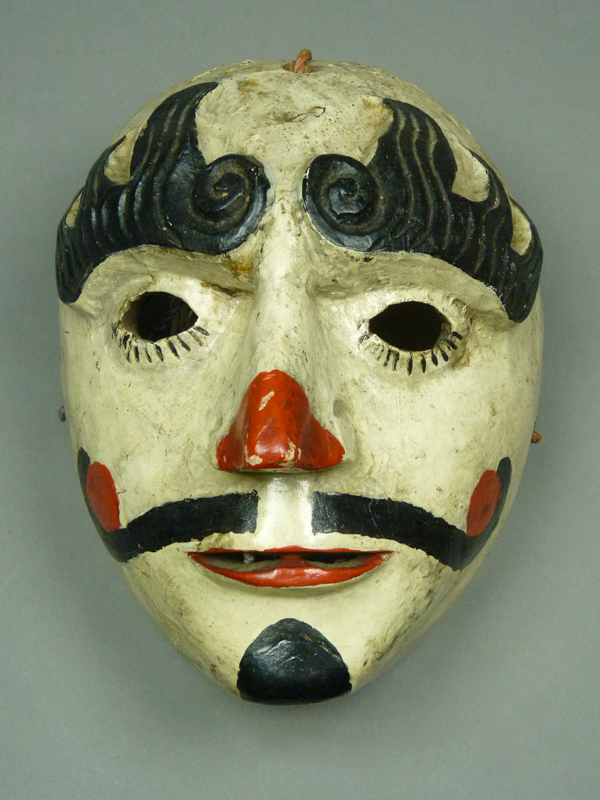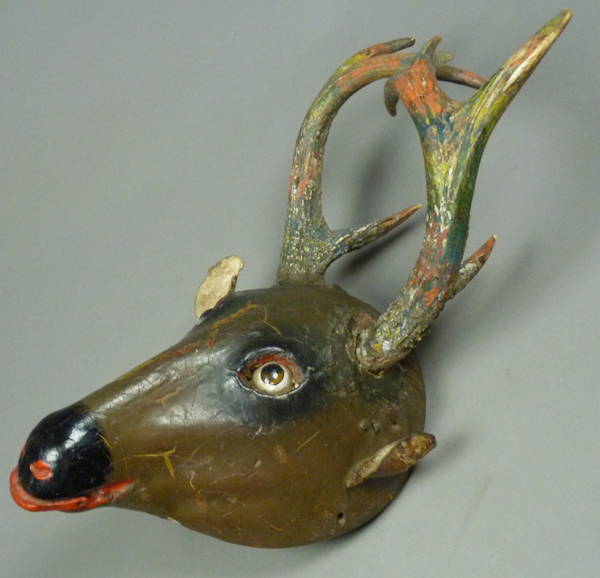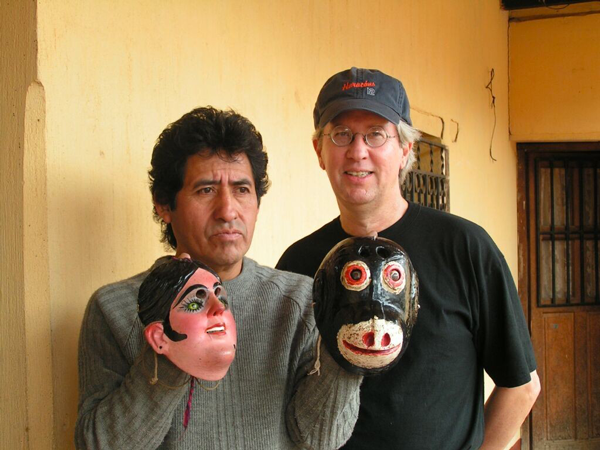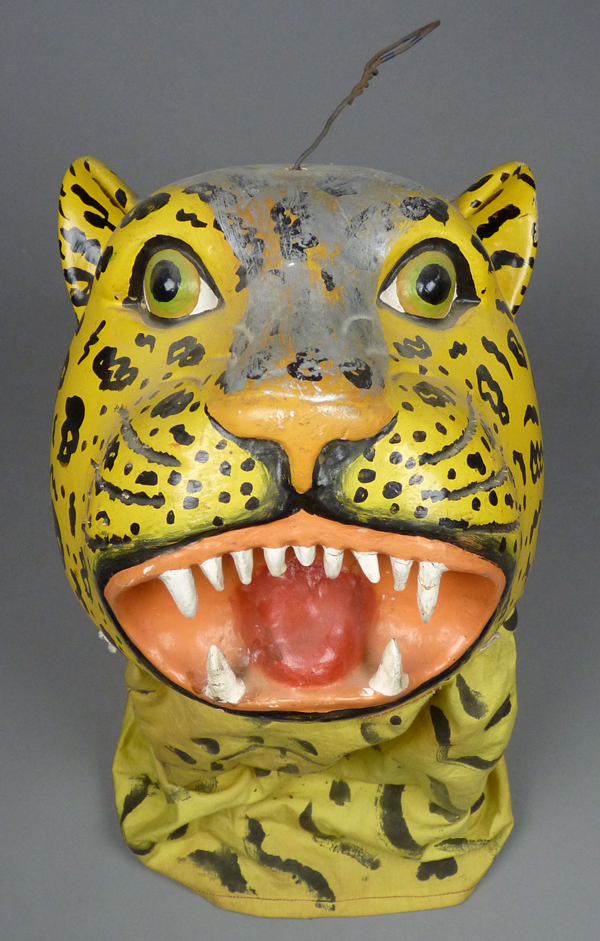This is the third installment of a ten week series about dance masks from Guatemala. On September 21, 2015, I will return to discussion about Mexican dance masks. During this detour to Guatemala, this site may attract new visitors with a special interest in Guatemalan masks. I invite you to identify yourselves, using the Contact Me pull-down menu at the right end of the menu bar across the top, so that I can at least collect a list for future reference. There may be someone out there who would like to blog on that subject and, if so, I would make the list available to them or I could publish their site here.
In the area of Nahuala, Guatemala there is the Patzcar dance, which does not closely resemble dances found in Mexico, although it reminds one of the Feos (uglies) in Michoacán, masked dancers who explicitly demonstrate bad or inappropriate behavior. Similarly, in Ritual Humor in Highland Chiapas, Victoria Bricker described the “Grandfathers,” masked dancers in Chamula whose behavior was deliberately clumsy and ill considered. In the Patzcar dance there is a Patrón (a European who is the landowner or overseer, the “Boss”) and his wife, La Patrona; they wear masks that are formal and distinctive. Those masks are usually painted but occasionally stained. Here is a classic Patrón mask, with swirling relief carved eyebrows. We saw similar eyebrows on a Patron mask from Suchiapa Chiapas that was used in the Parachicos dance (see my 6/29/2015 post).
I purchased this mask from the Cavin Morris Gallery in 1994. It had been collected in Nahuala.




